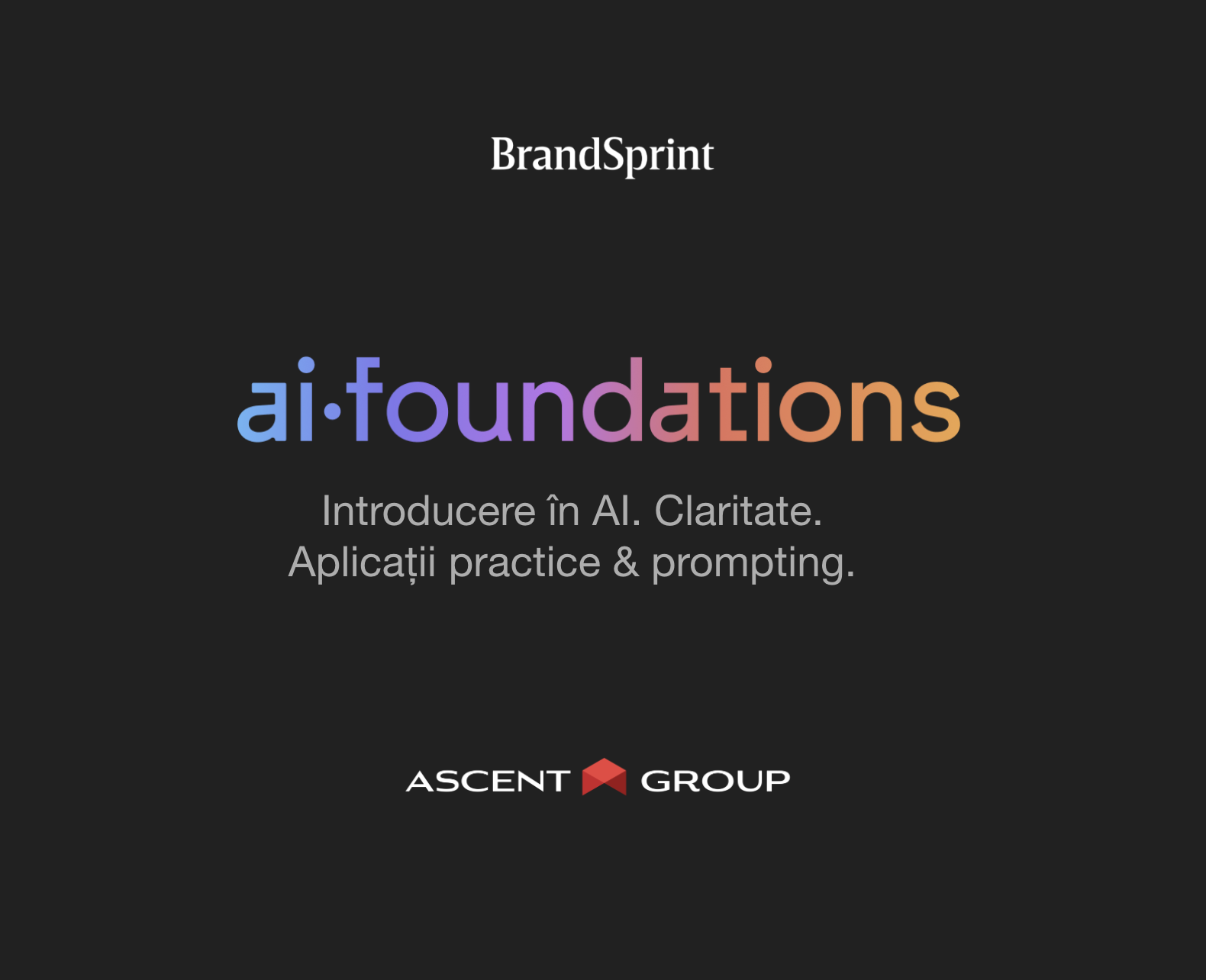Process automation is a concern for all companies today. At Ascent Group, this process started some time ago, before the current crisis, and we have choosen from the very cutting edge solutions, based on artificial intelligence.
Ascent Finance, the accounting and financial services company within Ascent Group, was the first to implement such solution. The first intelligent robot arrived at Ascent right at the beginning of this year and the last few months were dedicated to the process of learning and integration into the company’s activities.
“Our main goal is to give our colleagues the opportunity to focus on activities that bring added value to our customers, offering consulting and solutions and to leave the operations that can be automated to intelligent robots. So, in collaboration with a company in the field of robotics and artificial intelligence, we developed a first intelligent robot (our partners called it “Mitica”), which, while still being tested, has already taken over some of the tasks of our colleagues.
The automation process does not aim to reduce jobs, but to improve process efficiency and the quality of services provided to customers, because our colleagues will have more time to analyze, communicate and offer solutions,” according to Adela Cristea, managing partner of Ascent Group.
We’ve been trying to figure out how does working a robot look like for those who are using it. In Ascent Finance, Mitica’s main companion is our colleague Andreea Ilica, one of the financial and accounting specialists within the team.
1. How did you receive the idea of having a robot as a colleague?
“I really liked the idea of automation. I’m fascinated by everything about robotization, programs, efficiency and job optimization. In the first phase we didn’t know exactly what to expect and in a certain sense I couldn’t even think that he could be so “intelligent”.
2. What does the robot actually do?
“Currently the robot introduces in our accounting program the bank statements. More specifically, we save all the bank account statements in a folder and from there the robot reads all the data from the bank account statements and based on what “we taught him”, he introduces them into the accounting program, as well as a human operator.
3. How’s Mitica doing?
“I didn’t think Mitica would be so good! When I first saw him introducing the data alone in the accounting program I thought it was unreal. Based on the orders he receives, he takes the orders line by line and introduces in the program all the necessary data. Of course, his working time for the same tasks is much shorter, but the best thing is that this Robot will work on a virtual machine and meanwhile we can focus on anything else.”
4. What are the main challenges in working with him?
“The main challenges at this point are related to the specific activity we have chosen to automate, e.g. the different reporting formats. Today we are talking with the programmers and we are wondering why there is not a single format of bank account statement for all the banks, since from some of the formats it is very difficult to extract data. Currently, regarding the bank statements, the easiest is to work with ING and Raiffeisen.
Another challenge was to map the accounts and especially those of our client partners, because the names found in the account statements do not often 100% match with the names on ANAF (The Fiscal Authority) or in the accounts.”
As for our direct collaboration with Mitica, I could not say that we have any challenge. Of course we will have to give him a little more guidance at first, every time he gets something new he will ask us what to do with that transaction, but the good thing is that once you have told him what to do he will “learn” and not ask again the next time. We are checking every input at the beginning, but with the help of the programmers we will bring it as close as possible to Perfection.”



